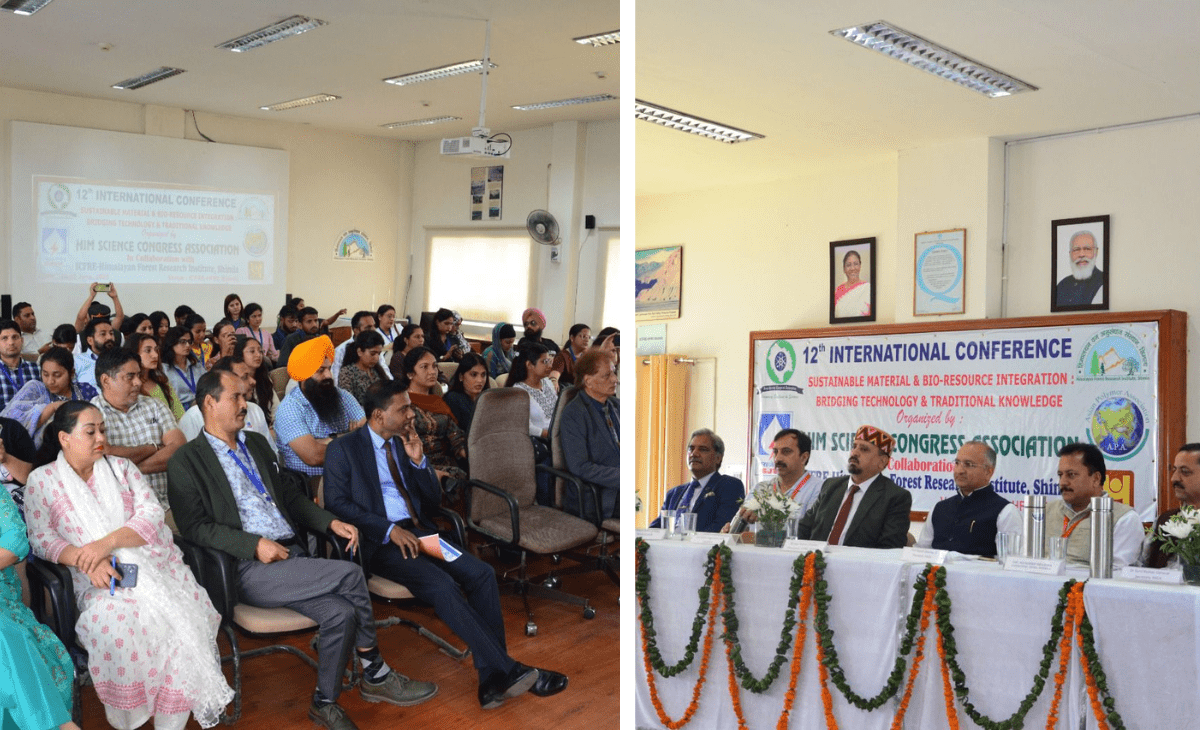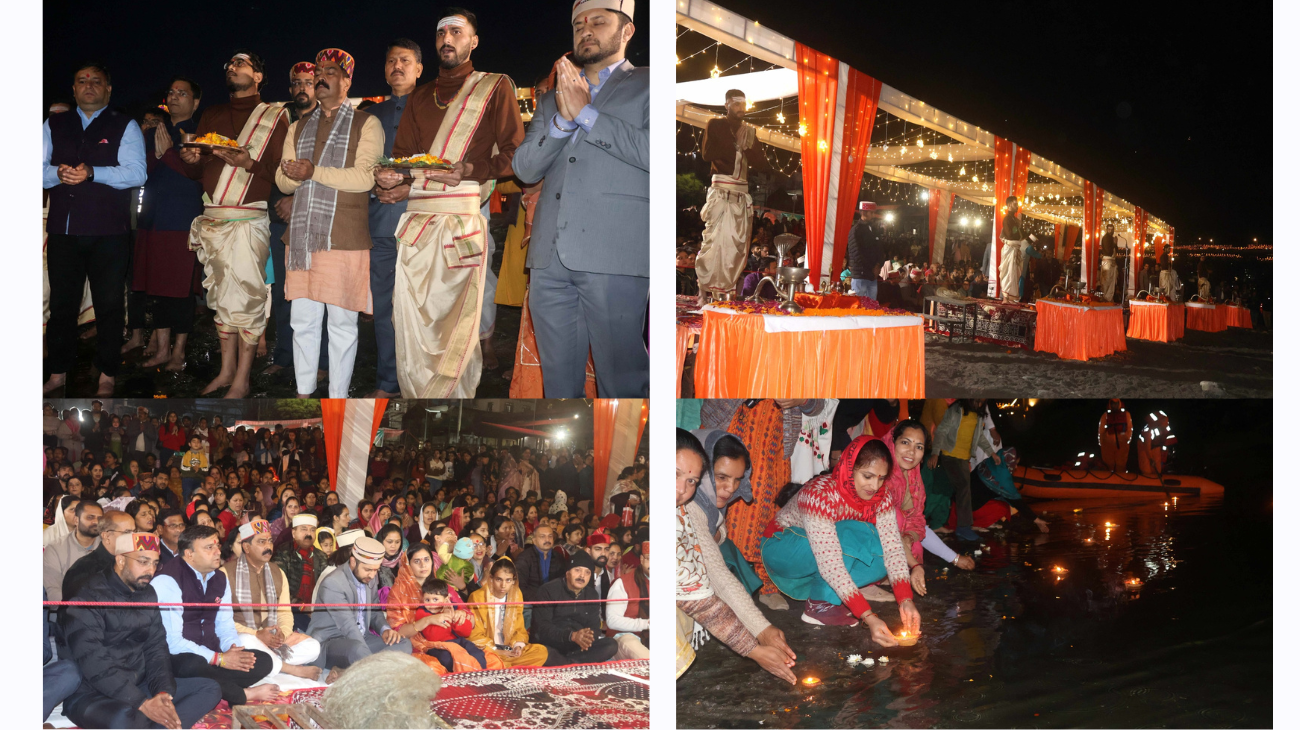Locals present an example of unity, resilience
Munish Sood
MANDI:
When nature tests human courage, some people rise above despair and script stories of hope. The remote villages of Seraj Assembly constituency in Mandi district of Himachal Pradesh have done just that. In the face of devastating floods and administrative silence, the people of this hill region rebuilt their lifeline — the road to Maa Baglamukhi Temple — entirely on their own.
This monsoon, Himachal Pradesh faced one of the worst natural calamities in recent memory. The Seraj region suffered massive destruction — bridges were swept away, roads collapsed and communication links snapped. The Kuklah motorable bridge was washed away and the Bakhli suspension bridge too fell to the floods, leaving nearly 15 panchayats completely cut off.
The scale of damage was immense. Of the 78 panchayats in Seraj, nearly 45 were severely affected. Roads vanished, water schemes broke down and access to hospitals and schools was lost. While some areas managed partial recovery, others remained isolated for months.
Despite repeated appeals to the Public Works Department, no substantial help came. “We kept hoping someone from the administration would come to our rescue,” said Harish Kumar, a resident of Bakhli. “But weeks turned into months, and no one came. That’s when we realised — if we don’t act, no one will.”
Faith turns into action
It was then that the Maa Baglamukhi Temple Committee and local residents decided to act. The revered temple attracts thousands of devotees every year and the people saw it as their duty to restore access to the sacred site — not just for pilgrims but for their own survival.
The temple committee initiated the effort, seeking support from locals and well-off individuals of the area. “We began by fixing the small rope bridge to help school children and the elderly cross safely,” recalled Bhagat Ram Thakur. “But soon we realized a temporary bridge was not enough. We needed to rebuild the road.”
People’s project takes shape
And rebuild they did. Within days, villagers from across the panchayats gathered with their machines and manpower. BR Thakur, Harish Kumar, Pawan Kumar, Vikrant, Bhagat Ram Thakur and Repti offered their JCBs and trucks free of cost. “We didn’t think twice,” said Pawan Kumar. “That road connects us all — our fields, schools, families, and our faith.”
They worked day and night, removing debris, levelling the track and filling deep craters. The sound of machinery and human effort echoed through the valley where silence had once reigned. Slowly, a new road took shape — one that reconnected 15 panchayats and restored access to the temple.
Road that means more than connectivity
For the people of Seraj, this was not just about infrastructure. It was about reclaiming dignity. “The road is our lifeline,” said Vikrant, one of the volunteers. “For months, we had to change taxis midway or carry groceries across broken bridges. Today, our unity has brought the road back.”
The reconstruction has brought relief to hundreds of families. Farmers can now transport their produce, students can travel safely to schools and pilgrims have begun visiting Maa Baglamukhi Temple again. The once-isolated belt is buzzing with life.
Small Steps by government too
The villagers’ determination has also inspired the authorities. The Public Works Department has now begun widening the road from Pandoh to Aulti Bridge to make it bus-worthy.
“The work to make the road fit for bus movement is underway,” said Assistant Engineer Praveen Talwar. “We aim to complete it soon so that the entire stretch remains functional even during future rains.”
In parallel, ropeways and temporary bridges have been opened for 12 of the worst-affected panchayats, offering free access to essential movement until the permanent routes are restored. Several drinking-water schemes have also been reconnected, bringing partial relief to dozens of families.
Today, as vehicles begin to roll again on the newly laid track, Seraj stands as a symbol of self-reliance and collective spirit. The villagers did not wait for official orders or funds — they rebuilt what mattered most with their own hands.
“This road is not just stone and soil,” said BR Thakur, looking proudly at the restored stretch. “It’s made of our sweat, our unity, and our faith.”





